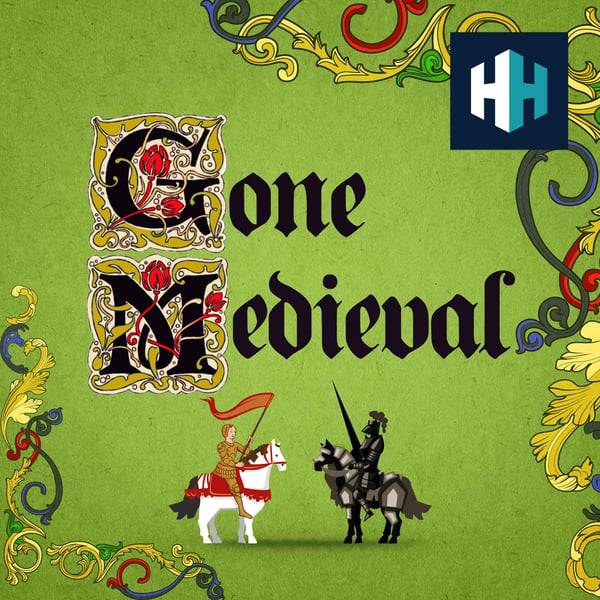The Medieval Origins of Fairy Tales
Gone Medieval
History Hit
4.6 • 2.2K Ratings
🗓️ 2 July 2022
⏱️ 36 minutes
🧾️ Download transcript
Summary
When we think of fairy tales, we think of imprisoned maidens, turreted towers, magic spinning wheels, wicked witches and demonic dwarves and dragons. Much of the iconography of these stories, particularly those from Europe, dates back to Medieval times. Some of them, such as the story of Hansel and Gretel, are even rooted in specific events.
In today’s edition of Gone Medieval, Matt Lewis meets author Nicholas Jubber whose book The Fairy Tellers reveals the surprising origins and people behind the world’s most influential magical tales.
The Senior Producer on this episode was Elena Guthrie. It was produced by Rob Weinberg and edited by Thomas Ntinas.
For more Gone Medieval content, subscribe to our Medieval Mondays newsletter here.
If you'd like to learn even more, we have hundreds of history documentaries, ad free podcasts and audiobooks at History Hit - subscribe today!
To download, go to Android or Apple store.
Hosted on Acast. See acast.com/privacy for more information.
Transcript
Click on a timestamp to play from that location
| 0:00.0 | If you're a fan of the podcast, I've got some exciting news for you. We're publishing a book. |
| 0:04.7 | If you've ever wondered, who was the third man on the moon? Why was a pigeon a hero in the |
| 0:09.6 | American army? And wasn't Napoleon really all that small? Then the history hit |
| 0:14.0 | Missellony will have the answer. It's available for pre-order now and will be published on |
| 0:18.5 | the 28th of September. Pre-order from your favourite bookshop or visit historyhit.com forward slash book. |
| 0:25.7 | This episode is sponsored by the London Review of Books, Europe's leading magazine of books |
| 0:32.8 | and ideas. There are plenty of reasons to read the London Review of Books, the finest book |
| 0:37.6 | reviews is only one of them. There are articles by writers including James Meek, Alan Bennett, |
| 0:43.1 | Amir Shrinivasan and Patricia Lockwood. Add to this quality of writing the removal of a |
| 0:48.3 | restrictive word count and you have incredibly knowledgeable people with the space to explore their |
| 0:53.4 | ideas to the fullest. There's a vast range of topics and a huge back catalogue to explore. |
| 0:58.8 | Right now, there's a very special offer said that you can give it a try. It's so good, |
| 1:02.6 | it seems rude not to and you can cancel it at any time anyway too. |
| 1:06.5 | Go to lrb.me forward slash hit to try three issues of the London Review of Books for just one |
| 1:14.6 | pound and get six weeks of online access to their archive of more than 18,000 pieces. |
| 1:20.5 | That's a saving of 94% off the cover price. Go to lrb.me forward slash hit now. |
| 1:36.8 | Welcome to this episode of Gone Medieval, I'm Matt Lewis. The stories we tell our children |
| 1:42.3 | often endure because they speak to something at the very core of being human. They're timeless, |
| 1:48.0 | they're instructive, they're designed to highlight what is often right and wrong with the world. |
| 1:53.8 | And frequently they're actually pretty terrifying if you listen to them too closely. So when and |
| 1:58.3 | where does some of our most famous fairy tales come from? Well fortunately Nick Jobber is here to tell |
| 2:04.0 | us a bit more. Nick's latest book The Fairy Tellers takes us on a journey into the secret history |
... |
Please login to see the full transcript.
Disclaimer: The podcast and artwork embedded on this page are from History Hit, and are the property of its owner and not affiliated with or endorsed by Tapesearch.
Generated transcripts are the property of History Hit and are distributed freely under the Fair Use doctrine. Transcripts generated by Tapesearch are not guaranteed to be accurate.
Copyright © Tapesearch 2025.

